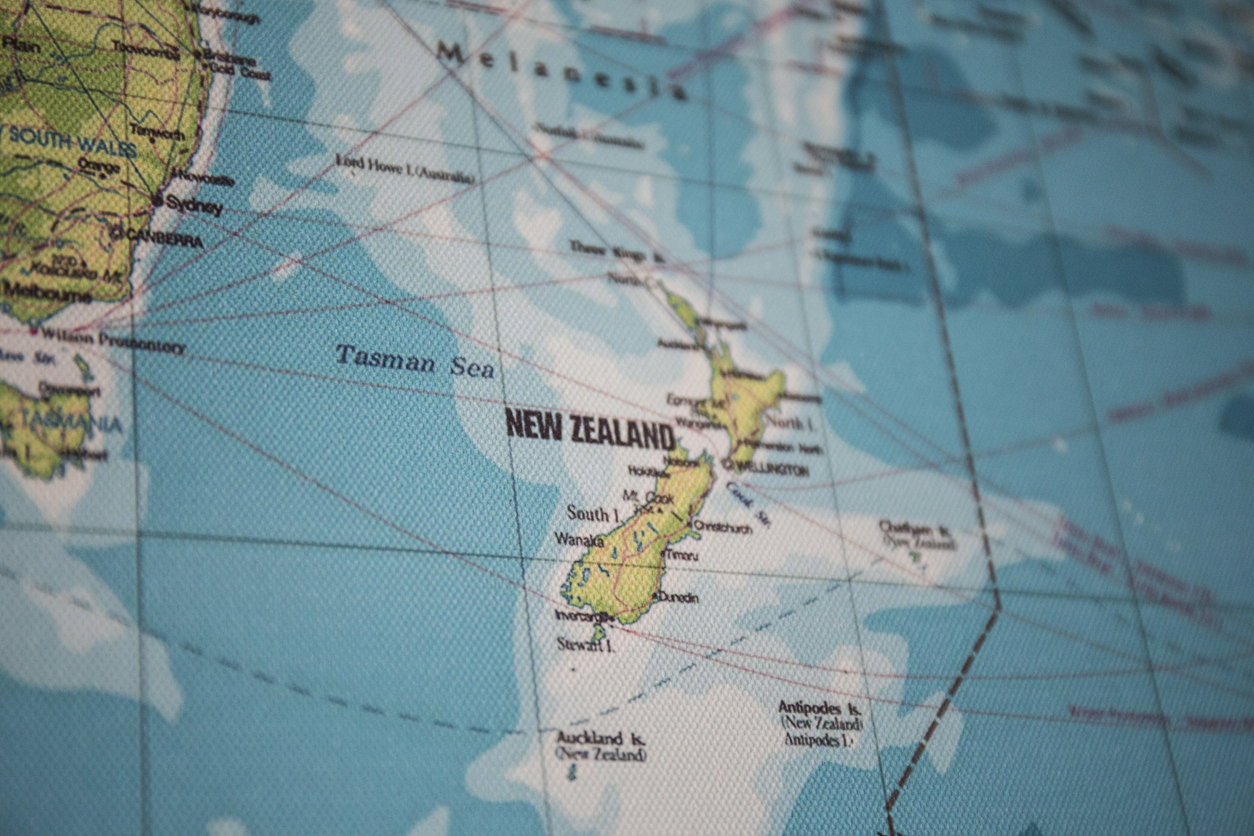From measles to 5G to Whakaari – it’s time to take a look at the issues that gripped the science world over the past year.
In New Zealand, we saw a seismic shift in climate coverage, geologists rallying to save South Island fossils, and a tragic White Island eruption – which remains top of the news agenda.
On the global stage, we gazed into a black hole, tried to understand deaths linked to vaping, and watched fires ravage the Amazon, Australia and Notre Dame.
Below are our picks on some of the biggest national and international science stories that made headlines. Feel free to republish or re-purpose this content. Let us know if you spot any major omissions.
TOP TEN NATIONAL SCIENCE STORIES

NZ SICK WITH THE MEASLES
Measles cast a long shadow in New Zealand this year with over 2,000 confirmed cases by the start of December and no clear end in sight. Sparked from an initial outbreak in Canterbury in February, the lion’s share of those affected were in Auckland, which has seen over 1,700 cases so far. It’s the largest outbreak since the current MMR vaccination schedule was established in 2001 and if it’s still going in March New Zealand will lose ‘measles-free’ status.
Vaccine shortages, panicking parents, and confusion over who still had immunity saw many scrabble to seek immunisation. New Zealand had no direct deaths – though two infected pregnant women lost their unborn babies. In Samoa, high infection rates and low immunity resulted in more than 70 deaths. Experts predict up to 3 per cent of Samoa’s population could be infected before the epidemic is over.
More from the SMC: Measles resurgence – Expert Reaction; Measles in Canterbury – Expert Q&A; Scale of current measles outbreak – Expert Q&A; Auckland’s ongoing measles outbreak – Expert Q&A; Measles immune amnesia – Expert Reaction; Measles in the Pacific – Expert Q&A
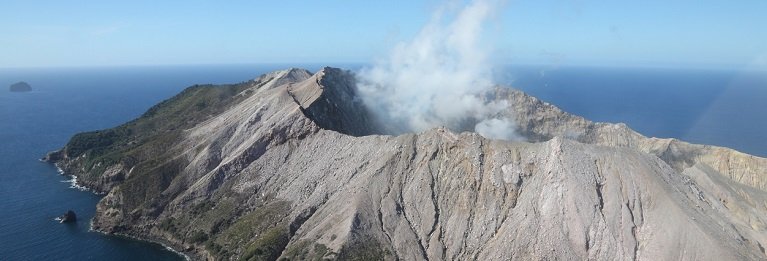
WHAKAARI / WHITE ISLAND ERUPTS
It’s a late addition, but the eruption of White Island on December 9 will be remembered as one of our most severe volcanic tragedies. Forty-seven people, mainly tourists, were on the island when the volcano erupted, injuring dozens and claiming at least 16 lives – including six who were recovered from the island on Friday. At the time of writing, two people were still missing.
Volcanologists explained how the build-up of pressure from super-heated water under the crater resulted in a ‘phreatic’ eruption, explosively ejecting acidic steam, noxious gases, and debris.
Burns units continue to work around the clock to try to save the survivors, many of whom are critical. As the world comes to terms with the event, questions are being raised about whether tourist groups should be taking people onto the active volcano.
More from the SMC: White Island eruption – Expert Reaction
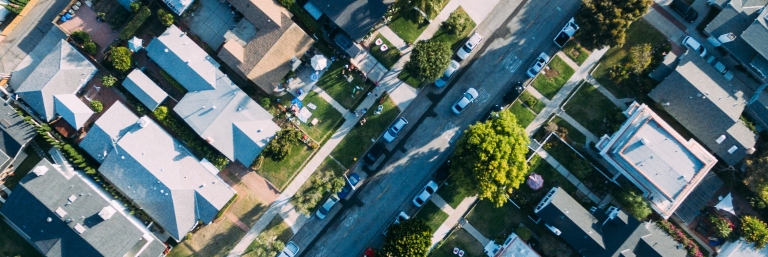
CENSUS SNAFU
Collecting data from every single person in New Zealand is an expensive undertaking, so the decision to collect 2018 Census data primarily online seemed like a good idea. However, the bumbled roll-out of the ‘digital first’ approach saw a large chunk of New Zealand unaccounted for in official statistics, with approximately 700,000 Kiwis missed.
An independent review, released in August, reported the lack of tried-and-true paper forms, and contact with Census workers contributed to poor uptake. The report also acknowledged that the 2016 Kaikōura quakes, which condemned Statistics House in Wellington to demolition, contributed to delays.
Statistics NZ scrambled to fill in gaps using household data from the Integrated Data Infrastructure, but demographers warned the lack of quality data will mean policy makers won’t have the full picture when it comes to planning health, infrastructure and social policy funding. Researchers also pointed out Māori and Pasifika communities would be disproportionately affected, as these populations were already under-represented in official data.
More from the SMC: Census delays and missing data – Expert Reaction; Census 2018 independent review – Expert reaction; Census 2018 external data quality panel reports – Expert Reaction
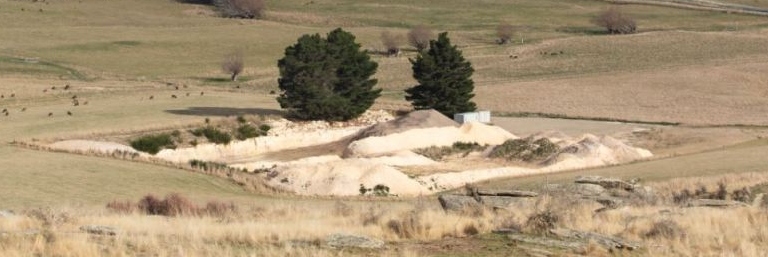
FOULDEN MAAR
Foulden Maar, a small, unassuming patch of private land in Central Otago, became the centre of scientific furore when a mining company started making plans to dig up silica deposits for pig food.
The remnants of the 23-million-year-old crater lake contain a wealth of fossils and serve as an important record of climate shifts. It is, in the words of University of Otago geologist Dr Daphne Lee, New Zealand’s Pompeii. When the science community and locals got wind of the company’s plan to mine the site for diatomite for animal feed and fertiliser, a petition was launched to save Foulden Maar. It gathered almost 11,000 signatures and gained international attention.
The fierce opposition to the project pushed the mining company into liquidation due to regulatory delays. To scientists’ delight, the Dunedin City Council, has indicated its interest in purchasing the site to preserve it for future research.
More from the SMC: Proposal to mine Foulden Maar – In the News

DRUG REFORM HIGH (ON THE AGENDA)
Traces of pesticide were found in illicit drugs obtained by police during the summer festival season, prompting Police Minister Stuart Nash to announce he would see all New Zealand music festivals kitted out with drug testing kits by this summer. However, political winds stalled the reform efforts, as NZ First opposed the policy at the end of September.
The Government is also attempting to reduce drug related harm by regulating drug driver testing and controlling how the cultivation, manufacture and sale of cannabis will be regulated if the country votes to legalise the drug in next year’s referendum.
More from the SMC: Festival drug testing – Expert Reaction; Drug driver testing – Expert Reaction; Details on recreational cannabis referendum – In the News; What would change if we legalised cannabis? – Expert Q&A; Draft cannabis legislation – Expert Reaction
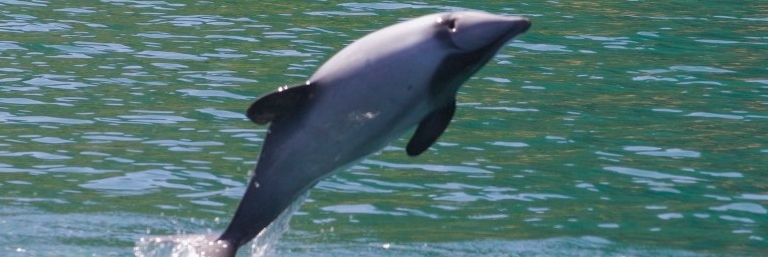
DOLPHIN PROTECTION KICKS INTO OVERDRIVE
In what might be seen as a last-ditch effort to save the Māui dolphin, protection zones and monitoring of fishing vessels were strengthened this year. In June, the Government stated new commercial fishing vessels at greatest risk of encountering the rare dolphins were to operate with on-board cameras from November 1, and released a proposal outlining expanded protection for Māui and Hector’s dolphins.
The plan suggested extending the boundaries of two marine mammal sanctuaries and identified threats to the dolphins including toxoplasmosis spread by cats – sparking cries from the fishing industry that it was being unfairly targeted. Academics said while toxoplasmosis was a risk, there were significant limitations in this theory due to data gaps, and fishing setnets remained the biggest threat to Māui dolphins.
More from the SMC: Dolphin protection plan – Expert Reaction; Cameras on fishing boats – Expert Reaction

5G FEARS AND HYPE
The latest upgrade to the mobile network has been fractious, with communities raising concerns about health risks, despite reports it would help driverless cars navigate our streets and allow surgeons to operate remotely.
Weather forecasters threw a spanner in the works when they expressed concern about a second frequency band that may be allocated for 5G use and could interfere with weather satellites collecting water vapour data. Current base stations use similar wavelengths to those used by existing 2G, 3G and 4G networks, but this may expand to a band around 26 GHz in the future. There is also an unsettled Treaty claim over the radio spectrum, which the government will need to resolve before allocating more of the spectrum to commercial use.
Spark’s 5G wireless broadband service is already available to some South Island towns. Vodafone has also launched its mobile 5G network, turning mobile base stations on across Auckland, Wellington, Christchurch and Queenstown.
More from the SMC: 5G: hype vs reality – Expert Q&A
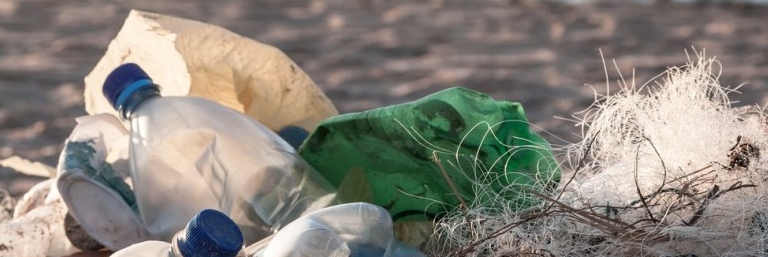
TRASH TSUNAMI TARNISHED WEST COAST
West Coast beaches were strewn with rubbish in April when heavy rainfall and flooding exposed the Fox Glacier rubbish dump. Tonnes of plastic debris was washed onto beaches and out to sea, leading to an immense clean up effort from locals and volunteers.
The incident, which Forest & Bird dubbed an “eco-disaster”, spurred the Government to put in place a new, multi-agency project to identify the environmental risks associated with landfills. It also informed a review of waste management in New Zealand.
More from the SMC: West Coast landfill erosion – Expert Reaction
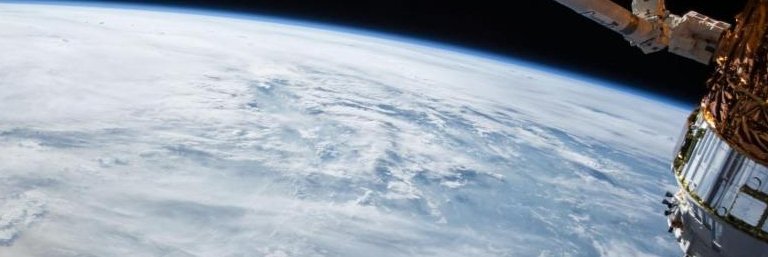
CLIMATE CHANGE JOURNALISM
Climate change was in the political spotlight this year – the Zero Carbon Act came into force, councils declared climate emergencies, and students striked around the country. Kiwi media outlets responded in kind with engaged and intentional coverage that refused to go away.
Climate: Explained – an ongoing collaboration between Stuff, The Conversation and the Science Media Centre – launched in August, and features experts answering reader questions on climate change.
Coverage was most notable during Covering Climate Now – a global initiative that aimed to maximise coverage for the week leading up to the United Nations Climate Summit on September 23 – touted as the most important moment for climate change since the Paris Agreement in 2015. The initiative had buy-in from most New Zealand outlets, which produced original stories, interactive tools, podcasts, quizzes, columns, and even a pick-a-path style cartoon on the climate crisis.
More from the SMC: Zero Carbon Bill splits greenhouse gas targets – Expert Reaction; Agricultural emissions agreement – Expert Reaction; Climate change risks in Aotearoa – Expert Reaction; Greening the health sector – Expert Reaction; Climate change committee’s recommendations – Expert Reaction; Funding councils’ climate adaptation – Expert Reaction; Student-led climate strikes – Expert Reaction
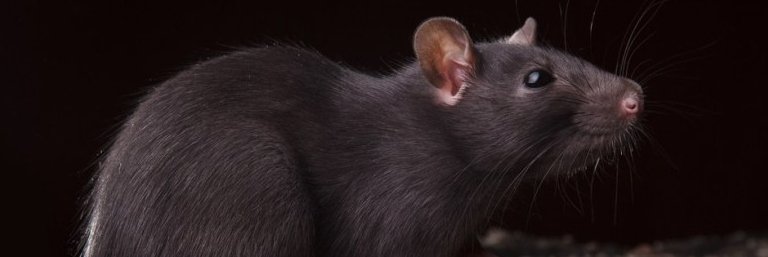
THE DEAD RATS MYSTERY
The unexplained deaths of hundreds of dead rats in November left scientists scratching their heads, after official toxicology testing failed to find a cause of death in carcasses that washed up on a West Coast beach. Maanaki Whenua – Landcare Research tested eight of the 680 dead rats and one weka and found no residue of 1080. Post-mortem examinations failed to determine the cause of death, though DOC suggested a surge in rat numbers, combined with hunger and a flood could have played a part.
A week later, a second, mystery lab report emerged that claimed to have found 1080 in the carcasses.Toxicologists said the credibility of the second report could not be assessed because the group that released it refused to name the lab, and said stomach contents wouldn’t normally reveal the high reading of the poison the report claimed to have found. Journalists’ efforts to verify the lab or find any trace of its registration were unsuccessful, which left the claims smelling, well, like a rat.
More from the SMC: Rat toxicology reports – Expert Reaction
TOP TEN INTERNATIONAL SCIENCE STORIES
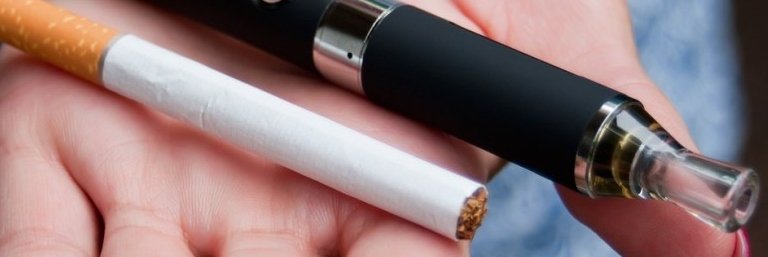
VAPING VICISSITUDES
A spate of vaping-related deaths and lung injury hospitalisations in the US gained global attention in September and sparked widespread concern over the health impacts of electronic cigarettes. By December, 52 confirmed deaths and more than 2,000 hospitalisations were linked to vaping.
As the number of cases continued to grow, the Centres for Disease Control honed in on a potential culprit, vitamin E acetate. This oil-based ingredient appeared to have been mixed into vaping liquids containing the cannabinoid THC, but not in commercially-available products.
More from the SMC: Vitamin E acetate found in lungs of vaping victims – Expert Reaction; Reports of vaping-related death – In the News; Should we be worried about vaping? – Expert Q&A
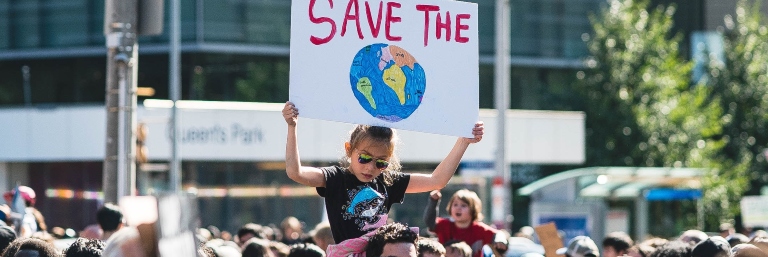
CLIMATE STRIKES
The humble efforts of climate campaigner Greta Thunberg – Time’s person of the year – snowballed into a worldwide phenomenon this year. Her initial protests in front of the Swedish parliament inspired students in other countries to follow suit, culminating in millions of around the world striking from school (and sometimes work) to protest political inaction on climate change. The largest series of strikes, occurring in September, took place in more than 4,500 locations across 150 countries.
Push-back from some politicians was countered with encouragement from the academic community. In New Zealand, more than 1,500 researchers, scientists, teachers and educators signed a letter of support for striking students.
More from the SMC: Student-led climate strikes – Expert Reaction
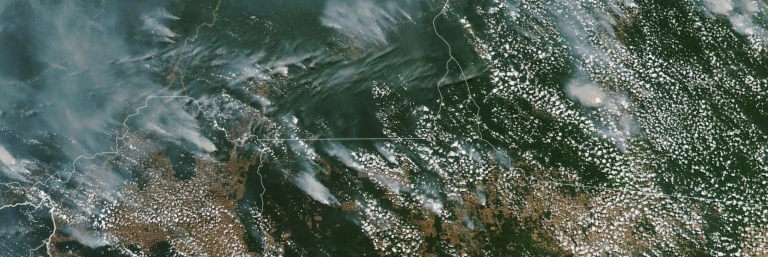
OUR WORLD WAS ON FIRE
Fires featured high in news bulletins throughout 2019. ‘Slash and burn’ deforestation in the Amazon was so widespread that the smoke plumes were visible from space. Experts warned that continued loss of trees in the region would have a range of impacts on the Earth’s climate. Extreme temperatures also fanned the flames of devastating wildfires in California and across Australia – with dozens still burning in NSW. Closer to home, back-to-back fires struck the Nelson Tasman region in February, made worse by strong winds and extremely dry conditions.
And it wasn’t just wildfires. In April, the world stopped when fire decimated the centuries-old Notre Dame cathedral in Paris, and central Auckland was thrown into disarray when a blow torch started a blaze in the under-construction Sky City convention centre in October.
More from the SMC: Fires in the Amazon – Expert Reaction; Nelson wildfire – Expert Reaction; New fire in the Tasman region – Expert Reaction; Notre Dame fire – Expert Reaction; SkyCity fire – Expert Reaction

CHRISTCHURCH CALL
In the wake of the tragic Christchurch shootings this year, Prime Minister Jacinda Ardern and French President Emmanuel Macron hosted a summit in Paris with world leaders and tech company CEOs to discuss how to prevent social media being used to organise and promote terrorism. Dozens of countries and international bodies have pledged their support for action on eliminating terrorist content online, alongside tech giants such as Facebook, Twitter and YouTube.
In October, the Government announced $17 million in funding for investigating and preventing violent extremism online.
More from the SMC: Christchurch Call – Expert Reaction; Funding to support Christchurch Call – Expert Reaction
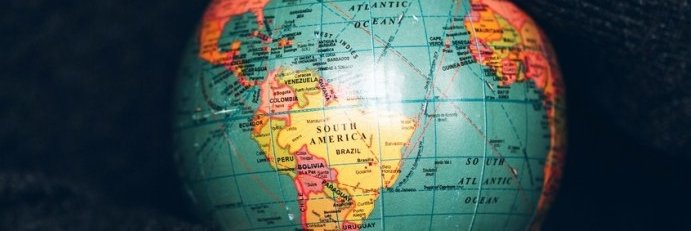
ONE MILLION ENDANGERED SPECIES
In May, the UN released a landmark report cataloguing the sheer breadth of humans’ impact on the environment over the past five decades. While the report covered extensive ground, media zeroed in on a singular killer fact: around one million animal and plant species are now threatened with extinction.
The Intergovernmental Science Policy Platform on Biodiversity and Ecosystem Services (IPBES) report was compiled by 145 expert authors from 50 countries and aims to be the most comprehensive stocktake of human impacts.
Averting further decline is not possible without unprecedented economic, social and political change, the report warned.
More from the SMC: Global extinction rates accelerating – Expert Reaction

WE ‘SAW’ A BLACK HOLE
The intense gravitational pull of a black hole sucks in everything around it, even light, so trying to capture what it looks like is no small step. Yet this April, NASA’s Event Horizon Telescope team released the first ever ‘photo’ of a black hole, M87.
The fuzzy orange doughnut that made headlines around the world represents not the black hole itself, but its shadow. What you see is the bending of light in the intense gravity around the hole, which has a mass roughly equivalent to 6.5 billion suns. Capturing the image required eight different radio telescopes around the globe to be perfectly calibrated and synchronised.
It’s not just a pretty picture – the data collected sheds light on the origins of black holes, but also provides further insights into the fundamental laws of the universe, including Einstein’s theory of general relativity.
More from the SMC: First image of a black hole – Expert Reaction
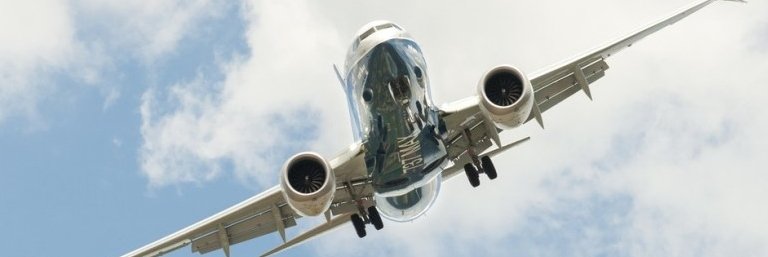
BOEING MAX TRAGEDIES AND GROUNDINGS
It’s been another bad, bad year for Boeing. In October 2018, 189 people died when a Boeing 737 MAX operated by Indonesia’s Lion Air crashed into the sea. In March, the same error caused an Ethiopia Airlines flight en route to Nairobi to nosedive six minutes after takeoff, killing all 157 people on board. The disasters were caused by a new automated flight control feature that forced the planes into uncontrollable nosedives.
The second disaster prompted worldwide groundings of the planes, including in New Zealand. While Fiji Airways was the only affected airline in New Zealand, the suspension involved 59 airlines and 387 planes around the world. The planes remain grounded as Boeing works with the Federal Aviation Administration and other authorities to renew safety requirements, with the aim of returning them to commercial service in January 2020.
More from the SMC: NZ suspends Boeing 737 MAX – Expert Reaction
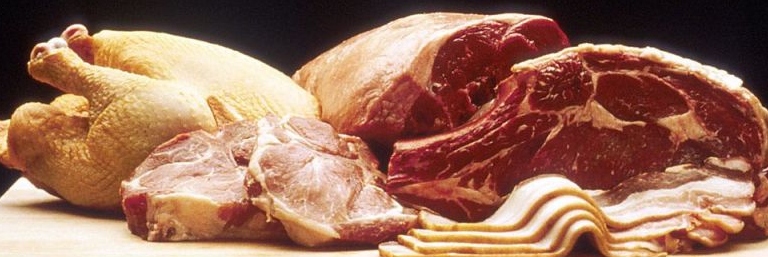
CHEWING OVER RED MEAT RECOMMENDATIONS
A recommendation not to reduce the amount of red meat you eat might have been welcome news to those who love a good steak, but received a less-than-sizzling reception from scientists. The dietary guidelines came from the American College of Physicians, which reviewed the existing research and concluded that current levels of red meat consumption do not need to be reduced.
However, based on the strength of the evidence available, researchers in New Zealand and Australia warned the recommendations were potentially unhelpful and misleading as the reviewed research failed to capture long term effects. A number of public health experts were also disappointed that the report did not consider the environmental impacts of red meat consumption, which will have a pronounced effect on human health in the long term.
More from the SMC: Red and processed meat and health – Expert Reaction
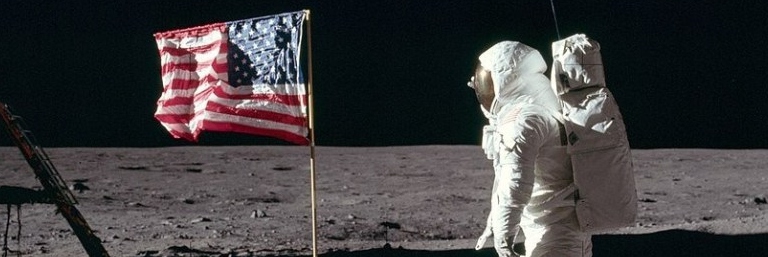
MOON LANDING TURNS 50
This year we celebrated the 50th anniversary of the Apollo 11 Moon landing. It was 8.17pm on July 20, 1969 (UTC) when the US spacecraft Apollo Lunar Module Eagle touched down on the Moon’s surface, allowing the two astronauts to collect space material and deploy equipment that continue to provide valuable insights.
China made history in January when its Chang’e-4 craft became the first spacecraft to land on the dark side of the moon. A few days after landing, an onboard experiment yielded the first ever plant to sprout on the moon, but less than a week later, the plant died due to the harsh cold of the lunar night.
In November, an official report found New Zealand’s space economy, while small on the world stage, contributed $1.69 billion to the economy in the last financial year.
More from the SMC: 50 years since the Moon landing – Expert Reaction; New Zealand’s space economy – Expert Reaction
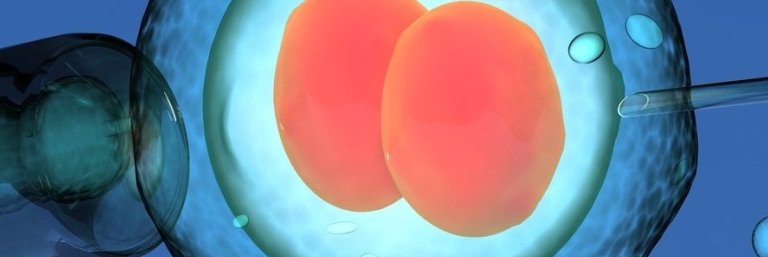
GENE EDITING FALLOUT
The ethical boundaries of human genetic research were thrust into the spotlight this year when Chinese scientist He Jiankui faced the music for using CRISPR-cas9 to alter a gene related to HIV resistance in twin girls (revealed in 2018). In January, Chinese authorities denounced He’s actions and claimed he had “deliberately evaded oversight”.
In the wake of He’s claims, international scientists called for a moratorium on human genome editing, and outlined a framework to “place major speed bumps in front of the most adventurous plans to re-engineer the human species”. A committee convened by the World Health Organization is currently developing global standards for governance and oversight of human genome editing.
In the latest update, excerpts from He’s unpublished papers suggest the researchers’ own data don’t support He’s claims of success.
More from the SMC: Chinese government report on gene-editing scientist – Expert Reaction; Call for moratorium on human genome editing – Expert Reaction
All images from iStock except: Foulden Marr Pit, Kimberley Collins CC BY-SA 4.0; Moon landing & Amazon fires, NASA, public domain; Black Hole M87, Event Horizon Telescope Collaboration, public domain.
